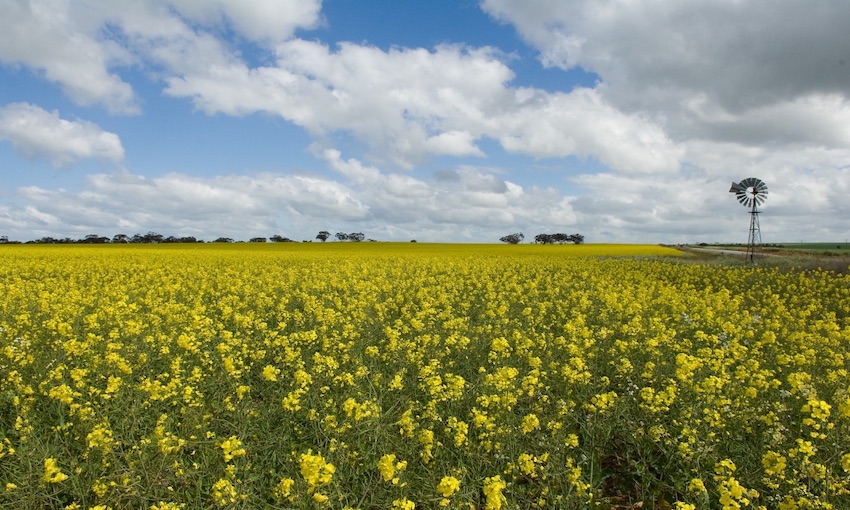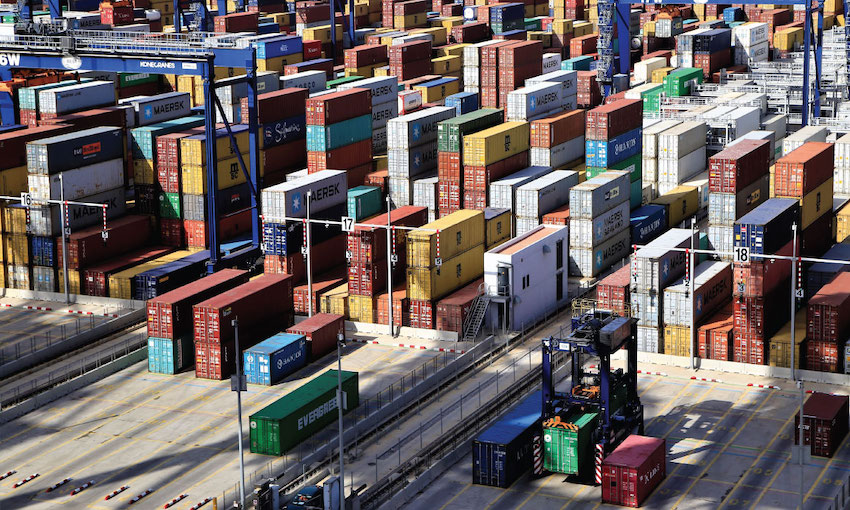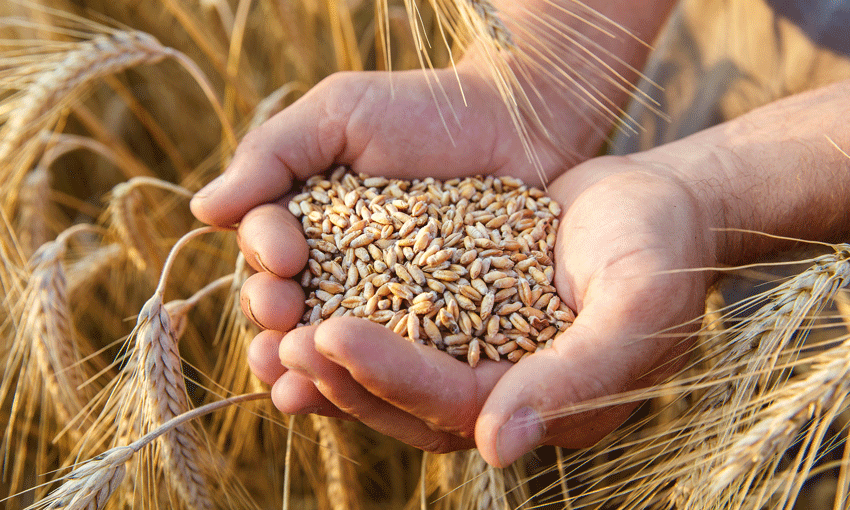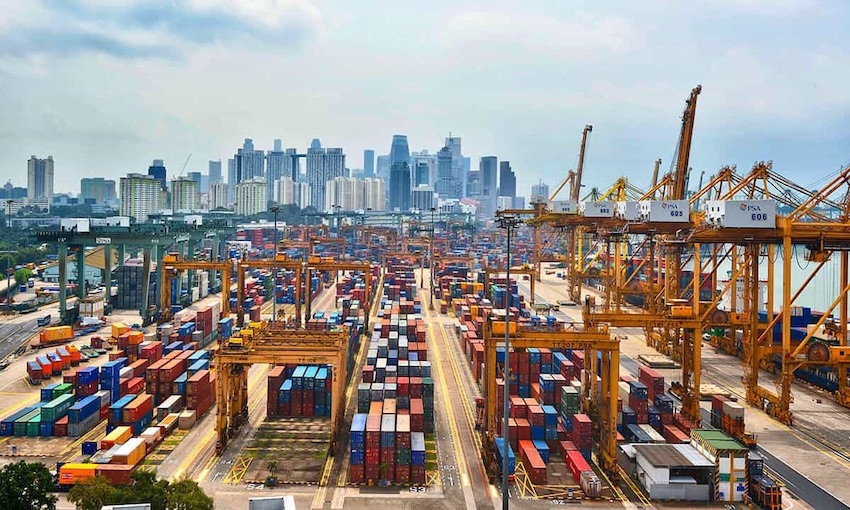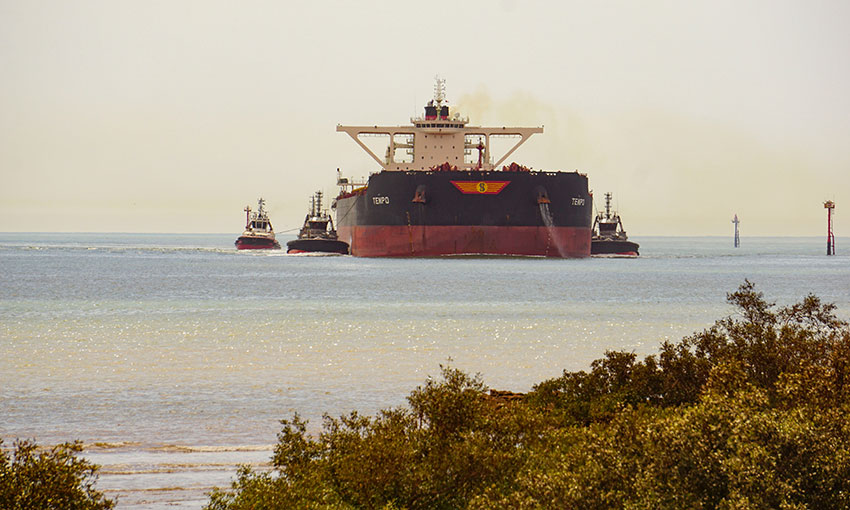THE latest report from the Australian Bureau of Agricultural and Resource Economics (ABARE) shows that the agri-sector is expected to smash production value records in 2021-22 with a $73-billion result.
This is up from last year’s production of $66 billion that had to be revised during last year from an initial estimate of $60 billion because of better seasonal conditions.
Strong domestic production and a favourable global market are set to see exports also hit a record of close to $55 billion in 2021-22.
The biggest contribution to growth in exports will be crops, which are set to rise by 17% to $30 billion.
ABARES executive director Dr Jared Greenville said if the forecast in the Agricultural Commodities: September Quarter report proves to be accurate, then it will be the first time the agriculture sector has been valued at more than $70 billion.
“The forecast for next year is due to a combination of factors, all tumbling neatly into place,” Dr Greenville said.
The value of crop production is set to rise by 7% to $39.5 billion because of another near-record winter crop harvest, combined with strong global prices for grain, sugar and cotton.
“The value of livestock production is also tipped to rise to $33.5 billion, an increase of 8%,” Dr Greenville said.
Over the last decade agricultural production in Australia will have grown $26 billion from $47 billion in 2011-12, which is a stellar performance despite drought, fire floods and infestations.
Minister for agriculture David Littleproud said, “This is remarkable in unprecedented economic times, and plenty of industries in Australia haven’t seen that kind of growth.
“We’re looking at our second good year in a row, with a bumper crop harvest, international demand for our produce and a strong market for livestock.
“We’ve got all our ducks in a row for a record year again underpinned by our Ag 2030 plan to help agriculture trash its $100 billion goal by 2030.
The result has been driven by a bumper harvest for winter crops and higher prices and greater demand for cotton, sugar and grains.
“Two good years in a row have lifted optimism in regional Australia, and this is reflected in the record prices farmers have been willing to pay for restocking cattle,” Mr Littleproud said.
“It’s not all smooth sailing. COVID-19 continues to provide challenges for international trade, although we are working as a government to do what we gain to boost international trade.”
Bulk handlers are already upping their storage make sure that we can get as much crop to the market at possible.

